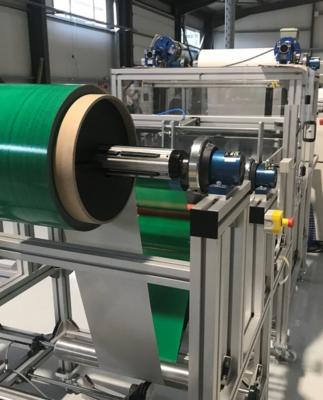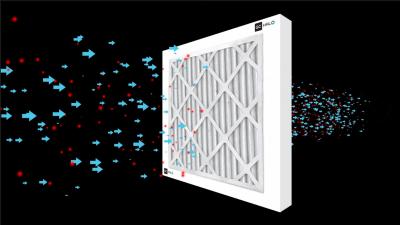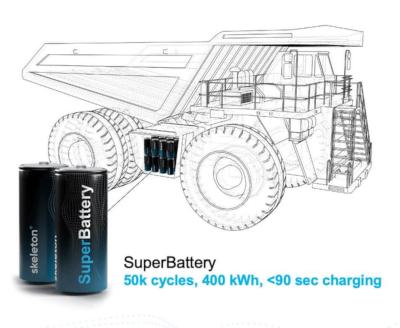Graphene assists researchers to develop a novel nondestructive imaging platform
Researchers from Lawrence Berkeley National Laboratory and University of California at Berkeley recently used graphene to develop an imaging platform that enabled nondestructive spectroscopic imaging of soft materials with nanometer spatial resolution, under in vitro conditions and external stimuli. Using the Advanced Light Source (ALS) particle accelerator as an infrared light source, the researchers performed the nanometer-scale spatial resolution imaging of proteins in the proteins’ natural liquid environment. They observed how the self-assembly of the proteins was affected by environmental conditions in the surrounding liquid.
Current imaging tools often use ionizing radiation under conditions that are far from the molecule’s native biological environment. Powerful imaging techniques such as fluorescence microscopy can potentially damage biological material, and they often do not provide chemical information. To resolve this challenge, the researchers combined nano-Fourier transform infrared (nano-FTIR) spectroscopy with graphene-capped liquid cells. The imaging platform could open opportunities in the study of soft materials for sectors that range from biology to plastics processing to energy.




